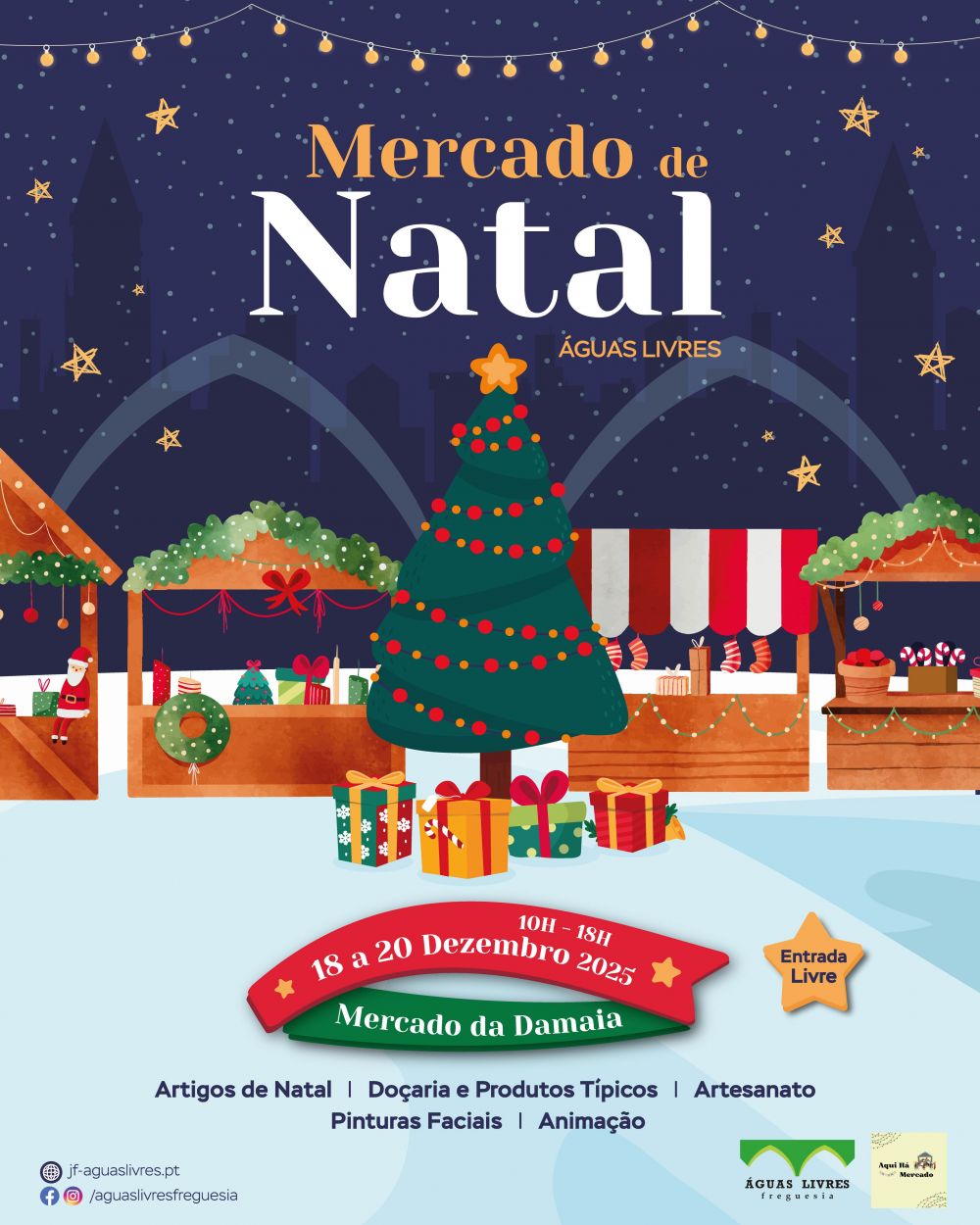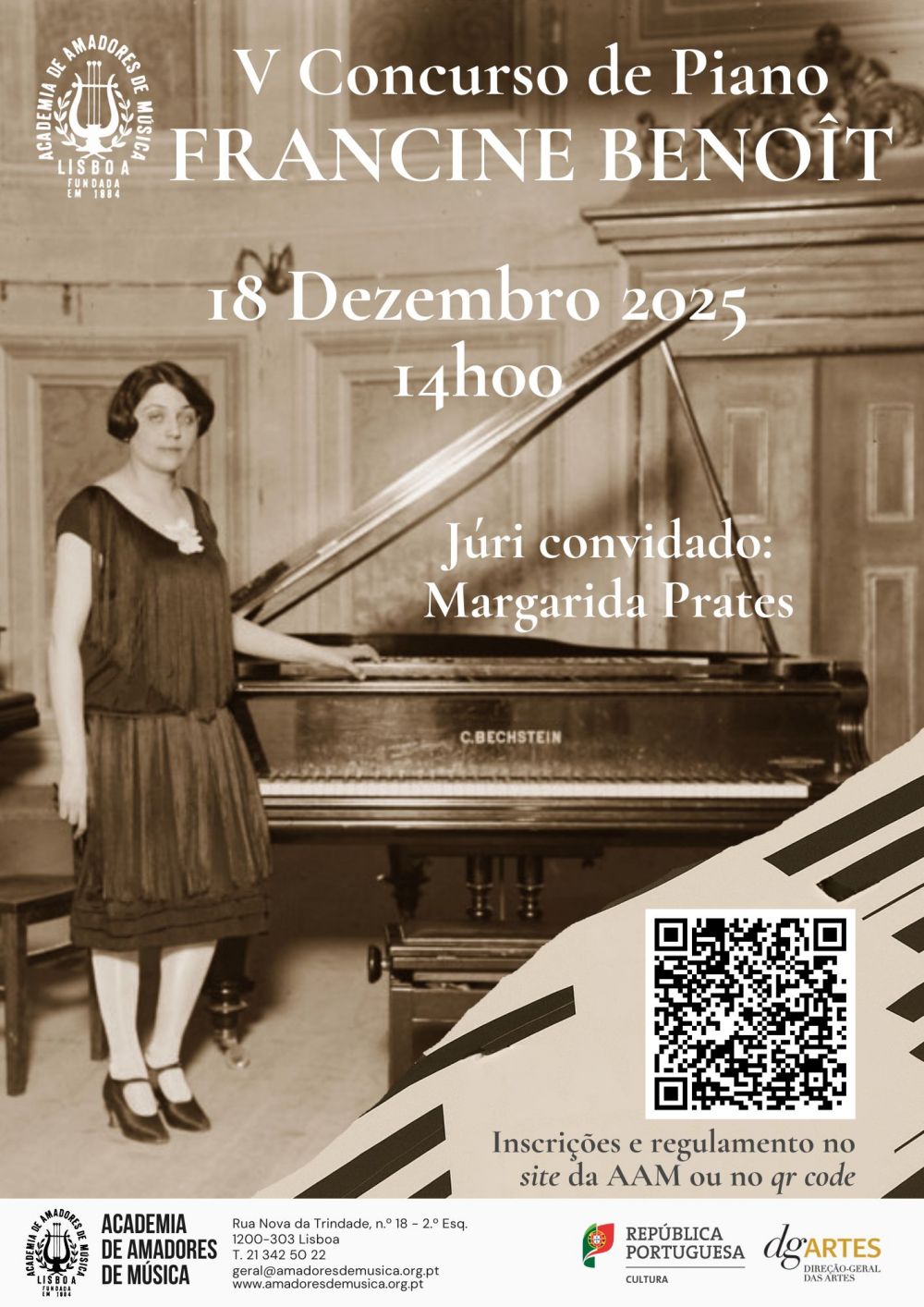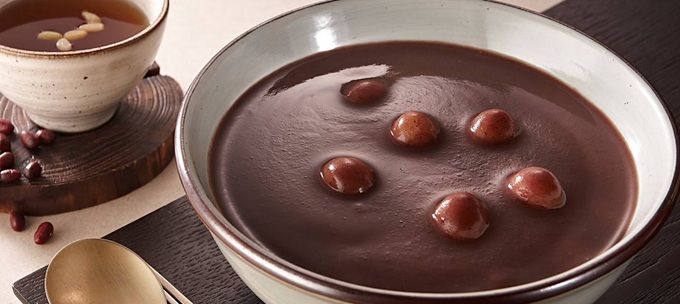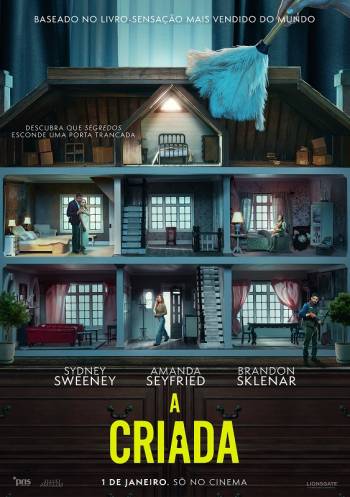Obras de referência da cultura portuguesa
"SÃO PEDRO"
de VASCO FERNANDES
(c. 1535-1542), Museu de Grão Vasco, Viseu
Análise de Rui-Mário Gonçalves
Tradução: Alexandra Leitão
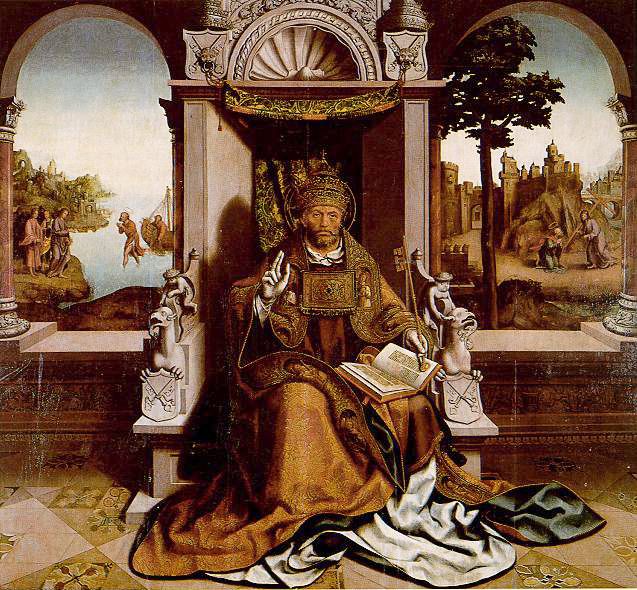
Esta pintura de grandes dimensões é uma das mais significativas do talento de Vasco Fernandes (c. 1475-1542). Artista de origem desconhecida, teve uma longa e intensa atividade em Viseu, tornando-se de tal modo famoso que, até ao século dezanove, os seus admiradores não apenas lhe valorizaram as pinturas como lhe atribuíram muitas outras pinturas do século dezasseis. Por isso ficou conhecido por Grão Vasco.
Como muitos outros artistas que trabalhavam em Portugal, Grão Vasco estava informado acerca da melhor pintura estrangeira da sua época, nela colhendo ensinamentos díspares que o seu talento soube harmonizar e selecionar. Interessou-se menos pela arte italiana do que pela alemã. Há figuras das gravuras de Albert Durer que aparecem em algumas das suas pinturas, nomeadamente a célebre “Melancolia” que inspirou a figura de Maria do quadro “Jesus em Casa de Marta e Maria” (Viseu, Museu Grão Vasco), realizado cerca de 1530.
Também realizado cerca de 1530 é o “São Pedro Patriarca” do Mosteiro de São João de Tarouca, onde teve a colaboração de Gaspar Vaz, também de Viseu. Aí estão já definidos o tema e a estrutura do “São Pedro” de Viseu: a composição simétrica apresenta o fundador da Igreja sentado num trono em posição frontal, olhando para nós, abençoando com a sua mão direita enquanto a esquerda segura o báculo; assente nos seus joelhos encontra-se um livro sagrado aberto; de um lado e do outro do trono, dois janelões deixam ver paisagens onde se evocam cenas da vida do Santo. Mas o quadro de Tarouca é mais goticizante, mais brilhante o seu colorido acompanhado pela iluminação que vem da esquerda do observador, ao contrário do quadro de Viseu, com iluminação vinda da direita, marcação de sombras projetadas (a do próprio Santo na parede interior do nicho) e volumetria da figura humana mais ligada ao espaço arquitetónico do trono.
O quadro de Viseu parece ter sido inteiramente realizado por Grão Vasco e o seu estilo é claramente renascentista. Na própria volumetria, ainda que um pouco arcaizante e rude, há sentido dramático controlado, cujo realismo culmina no rosto. O olhar do Santo está intensamente presente, como passou a acontecer na arte do retrato desenvolvida desde o Renascimento. A parte superior do trono apresenta uma concha italianizante. Alguns elementos pagãos aparecem na decoração, como os putti, em vez de anjos, montados em animais fantásticos. Estes animais, copiados certamente do bestiário antigo, agarram em escudos frontalizados, exibindo as chaves cruzadas da heráldica papal, contrastando com outra representação dos mesmos escudos, no alto do trono, onde duas carrancas, no cruzamento das chaves, quase as ocultam, para, chegadas à frente, segurar com a boca o palio colocado acima da cabeça do Santo. Quer no recurso a esta mistura de elementos decorativos pagãos e cristãos, quer na estrutura compositiva, este quadro de forte e digna expressividade é um bom exemplo da pintura renascentista realizada em Portugal.
"São Pedro" (c. 1535-1542) by VASCO FERNANDES
Grão Vasco Museum, Viseu
This large painting is one of the most suggestive of the talent of Vasco Fernandes (ca 1475-1542). A painter of unknown origin, he worked intensively for many years in Viseu, and became so famous that until the 19th century his admirers not only appreciated his own paintings but also many other 16th century paintings that they attributed to him. For this reason he became known as Grão (Great) Vasco.
As with many other artists working in Portugal, Grão Vasco was familiar with and learnt from the best foreign painting of his time. He was less interested in Italian than in German art. There are figures from Albert Durer’s engravings which turn up in some of his paintings: the famous “Melancholy”, for instance, which inspired the figure of Mary in the painting “Jesus in the House of Martha and Mary” (Viseu, Grão Vasco Museum), painted in about 1530.
Also from around this date (1530) is “São Pedro Patriarca” (The Patriarch St. Peter) from the Monastery of São João de Tarouca, which he produced with the help of Gaspar Vaz, also from Viseu. There, the theme and the structure of the painting of Saint Peter in Viseu are already defined: the symmetrical composition shows the founder of the Church seated on a throne facing forwards, looking at us, giving his blessing with his right hand whilst his left grasps the crosier; on his knees is an open holy book; on either side of the throne are two large window openings with landscapes showing scenes from the saint’s life. The Tarouca painting, however, is more Gothic and its colouring brighter, accompanied by the light that comes in from the viewer’s left, as opposed to the Viseu painting, where the light comes from the right, the shadows are projected (that of the saint itself inside the niche) and the volume of the human figure is more closely linked to the architectural space of the throne.
The painting in Viseu appears to have been entirely painted by Grão Vasco and his style is clearly of the Renaissance. Although the volumes are rather archaic and rough, there is a controlled dramatic sense, whose realism culminates in the face. The saint’s gaze is intensely present, as was to be the case in the art of portrait painting developed from the Renaissance onwards. The upper part of the throne has an Italianate conch. Some pagan elements appear in the decoration, such as the putti, instead of angels, mounted on fantastical beasts. These beasts, no doubt copied from an old bestiary, hold shields showing the crossed keys of papal heraldry, contrasting with another depiction of these shields above the throne. Here, two gargoyles at the point where the keys cross almost conceal them, as their mouths hold the pallium above the Saint’s head. This strong, expressive painting is a good example of the Renaissance art produced in Portugal, both in the mingling of pagan and Christian elements and in the structure of the composition.
projeto desenvolvido pelo Centro Nacional de Cultura
com o apoio do Ministério da Cultura

 Divulgue aqui os seus eventos
Divulgue aqui os seus eventos
